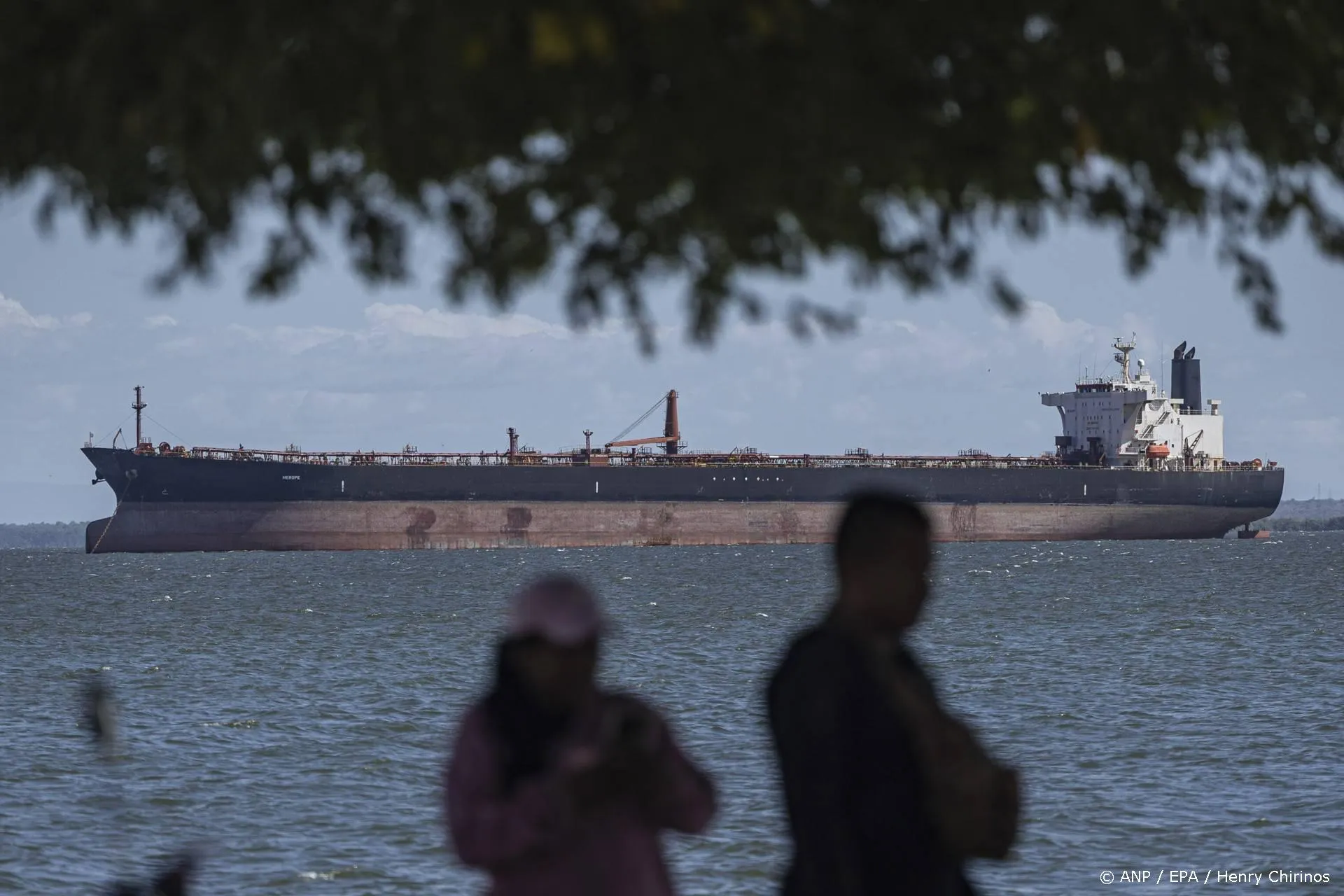Is er nog hoop voor de Noordpool? Ja zeker!
Mijn trouwe lezers zullen zich ongetwijfeld herinneren dat sommige kritische reaguurders voortdurend aandacht vestigen op het smelten van het drijfijs op de Noordpool. Zij zien dat als de spreekwoordelijke kanarie in de kolenmijn met andere woorden: als een teken van de opwarming van de aarde, waaraan ze met hun onnavolgbare logica de conclusie vastknopen dat deze opwarming door de mens moet zijn veroorzaakt.
Ik heb al vele malen aandacht geschonken aan de bijzondere rol die de BBC speelt als fanatiek apostel van het broeikasevangelie. Des te opvallender is dat het dezelfde BBC is die nu olie op de golven gooit door te berichten over een recente Deense studie, waarin wordt gesteld dat er waarschijnlijk geen gevaar is voor een 'tipping point'.
Onder de titel, 'Arctic 'tipping point' may not be reached', schreef Matt McGrath daarover het volgende:
Danish researchers analysed ancient pieces of driftwood in north Greenland which they say is an accurate way to measure the extent of ancient ice loss. Writing in the journal Science, the team found evidence that ice levels were about 50% lower 5,000 years ago. They say changes to wind systems can slow down the rate of melting. They argue, therefore, that a tipping point under current scenarios is unlikely.
While modern observations by ship and by satellite give us a very accurate picture of the recent state of the ice, historic information is limited. The ice comes and goes without leaving a permanent record. But a Danish team believes it has found an indirect method that gives a clear picture of the ice loss dating back 11,000 years.
Dr Svend Funder from the Natural History Museum of Denmark led several expeditions to inhospitable regions of Northern Greenland. On these frozen shores the Danish team noticed several pieces of ancient driftwood. They concluded that it could be an important method of unlocking the secrets of the ancient ice. ...
Dr Funder and his team say their data shows a clear connection between temperature and the amount of sea ice. The researchers concluded that for about 3,000 years, during a period called the Holocene Climate Optimum, there was more open water and far less ice than today - probably less than 50% of the minimum Arctic sea ice recorded in 2007. But the researcher says that even with a loss of this size, the sea ice will not reach a point of no return. "I think we can say that with the loss of 50% of the current ice, the tipping point wasn't reached."
Lees verder hier.
Je vraagt je toch af hoe de ijsberen dat hebben kunnen overleven.
Alweer een klimaatsprookje minder!
Ga verder met lezen
Dit vind je misschien ook leuk
Laat mensen jouw mening weten
Lees ook
Loading


